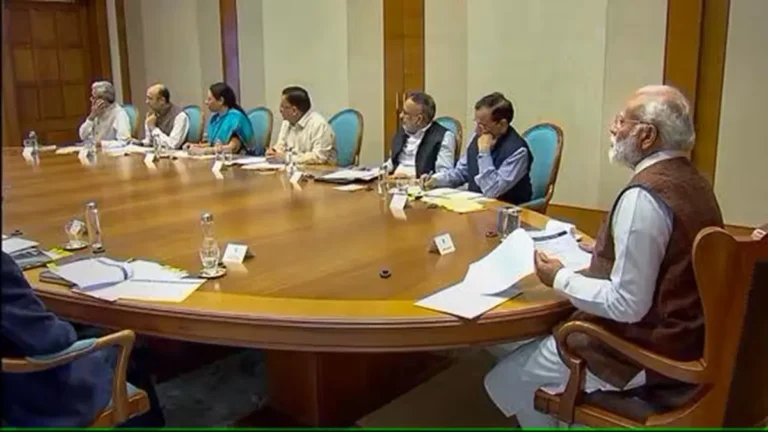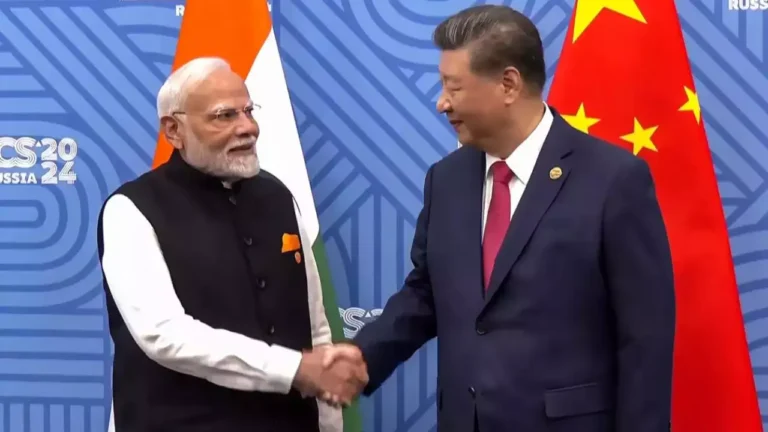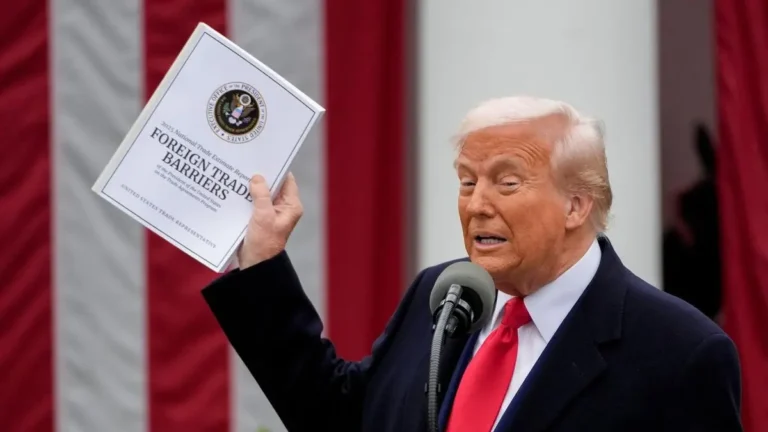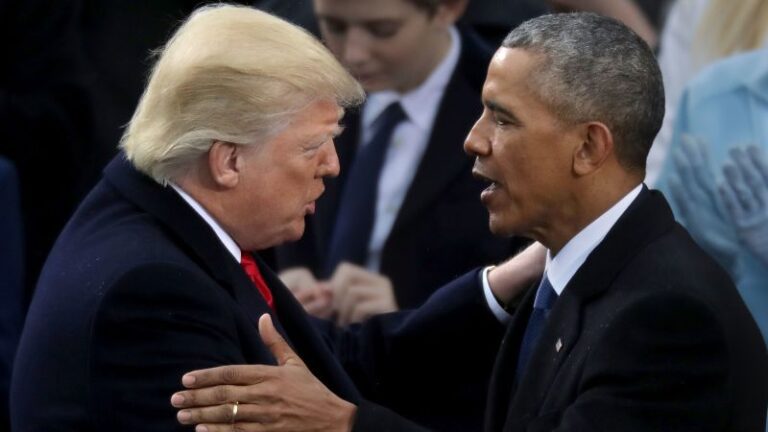President Trump Announces Sweeping Reciprocal Tariffs, Including 26% on Indian Imports

April 3, 2025
In a significant shift in U.S. trade policy, President Donald Trump has unveiled a comprehensive set of tariffs aimed at addressing what he describes as longstanding trade imbalances. Dubbed “Liberation Day,” the announcement includes a baseline 10% tariff on all imports, with higher rates for specific countries, notably a 26% tariff on Indian goods.
Details of the Tariff Plan
During a Rose Garden address on April 2, 2025, President Trump detailed the new tariff structure:
- Baseline Tariff: A universal 10% tariff on imports from all countries, excluding Canada and Mexico.
- Country-Specific Tariffs: Higher tariffs targeting nations with perceived unfair trade practices. Key examples include:
- China: An additional 34% tariff, raising the total to 64% on Chinese imports.
- Vietnam: A 46% tariff on Vietnamese goods.
- India: A 26% tariff, characterized by President Trump as a “discounted reciprocal tariff,” reflecting half of the 52% duties he claims India imposes on U.S. products.
President Trump emphasized that these measures are designed to “level the playing field” and counteract what he views as decades of unfair trade practices. He stated, “If a country is charging us 26% to sell our products there, then we will charge them the same to sell their products here.”
Rationale Behind the Tariffs
The administration asserts that these tariffs are a response to significant trade deficits and non-tariff barriers imposed by trading partners. For instance, officials cite India’s alleged 52% duty on U.S. goods and additional hurdles such as currency manipulation and regulatory challenges. The U.S. aims to encourage these countries to lower their barriers, promoting more equitable trade relationships. Reuters
Global and Domestic Reactions
The announcement has elicited varied reactions:
- International Response: Trading partners have expressed concern, with expectations of potential retaliatory measures. Economists warn that such actions could escalate into broader trade conflicts, affecting global economic stability.
- Market Impact: Financial markets reacted negatively, with significant declines observed in major indices. The S&P 500 futures dropped 3%, and the Dow futures dipped 2%, reflecting investor apprehension about the potential economic ramifications.
- Domestic Industry: While some sectors, particularly domestic manufacturing, may benefit from reduced foreign competition, others reliant on imported materials express concerns about increased costs and supply chain disruptions.
Potential Economic Implications
Analysts predict that the tariffs could lead to:
- Increased Consumer Prices: Higher import costs may be passed on to consumers, contributing to inflationary pressures.
- Supply Chain Adjustments: Businesses might seek alternative suppliers or consider reshoring production to mitigate tariff impacts.
- Trade Negotiations: The tariffs could serve as leverage in renegotiating trade agreements, though they also risk prompting retaliatory measures from affected countries.
As the situation develops, stakeholders across various sectors are advised to monitor policy changes closely and assess their potential impact on operations and strategies.
President Trump’s announcement of sweeping reciprocal tariffs marks a pivotal moment in the global trade landscape, particularly with a proposed 26% tariff on Indian imports. This move underscores his broader economic vision of “America First” and comes at a time when global supply chains are being reassessed for resilience and fairness. While such policies spark debate, they also highlight growing tensions in U.S.-India trade relations. According to a detailed report by The Wall Street Journal, Trump emphasized that these tariffs are designed to mirror what the U.S. already faces in foreign markets. As 2025 gears up to be a defining year in U.S. economic diplomacy, such announcements are sure to ripple across global trade corridors.





